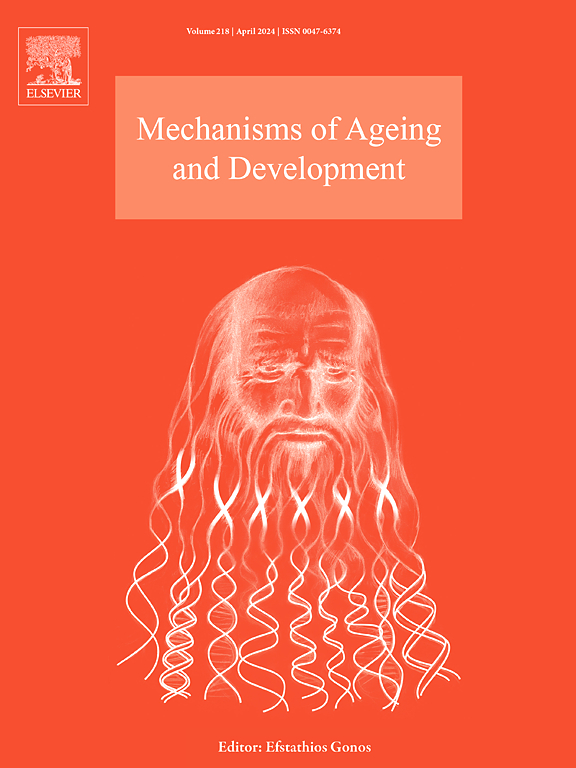Histone modifications: Key players in Alzheimer's disease
IF 5.1
3区 医学
Q2 CELL BIOLOGY
引用次数: 0
Abstract
Alzheimer’s disease (AD) is one of the most prevalent diseases in the older population. AD causes progressive cognitive and behavioral impairment, but current treatments are unable to slow or prevent the progression of this disease. Thus, identification of novel biomarkers and therapeutic targets is urgently needed. We previously described the roles of histone acetylation, crotonylation, and lactylation in the accumulation of amyloid beta and hyperphosphorylation of Tau protein, which are the hallmarks of AD. In this review, we summarize and discuss the current knowledge of the role of histone modifications in AD, with a particular emphasis on its association with characterized pathological alterations, including amyloid plaques, Tau tangles, neuroinflammation, and synaptic dysfunction. This review provides novel insights into the central role of histone modifications in AD pathogenesis and evaluates histone-modifying enzymes as potential therapeutic targets for the treatment of AD.
组蛋白修饰:阿尔茨海默病的关键因素
阿尔茨海默病(AD)是老年人群中最常见的疾病之一。阿尔茨海默病导致进行性认知和行为障碍,但目前的治疗方法无法减缓或预防这种疾病的进展。因此,迫切需要鉴定新的生物标志物和治疗靶点。我们之前描述了组蛋白乙酰化、巴豆酰化和乳酸化在淀粉样蛋白积累和Tau蛋白过度磷酸化中的作用,这些都是AD的标志。在这篇综述中,我们总结和讨论了目前关于组蛋白修饰在AD中的作用的知识,特别强调了它与特征性病理改变的关联,包括淀粉样斑块、Tau缠结、神经炎症和突触功能障碍。这篇综述为组蛋白修饰在AD发病机制中的核心作用提供了新的见解,并评估了组蛋白修饰酶作为AD治疗的潜在治疗靶点。
本文章由计算机程序翻译,如有差异,请以英文原文为准。
求助全文
约1分钟内获得全文
求助全文
来源期刊
CiteScore
11.10
自引率
1.90%
发文量
79
审稿时长
32 days
期刊介绍:
Mechanisms of Ageing and Development is a multidisciplinary journal aimed at revealing the molecular, biochemical and biological mechanisms that underlie the processes of aging and development in various species as well as of age-associated diseases. Emphasis is placed on investigations that delineate the contribution of macromolecular damage and cytotoxicity, genetic programs, epigenetics and genetic instability, mitochondrial function, alterations of metabolism and innovative anti-aging approaches. For all of the mentioned studies it is necessary to address the underlying mechanisms.
Mechanisms of Ageing and Development publishes original research, review and mini-review articles. The journal also publishes Special Issues that focus on emerging research areas. Special issues may include all types of articles following peered review. Proposals should be sent directly to the Editor-in-Chief.

 求助内容:
求助内容: 应助结果提醒方式:
应助结果提醒方式:


